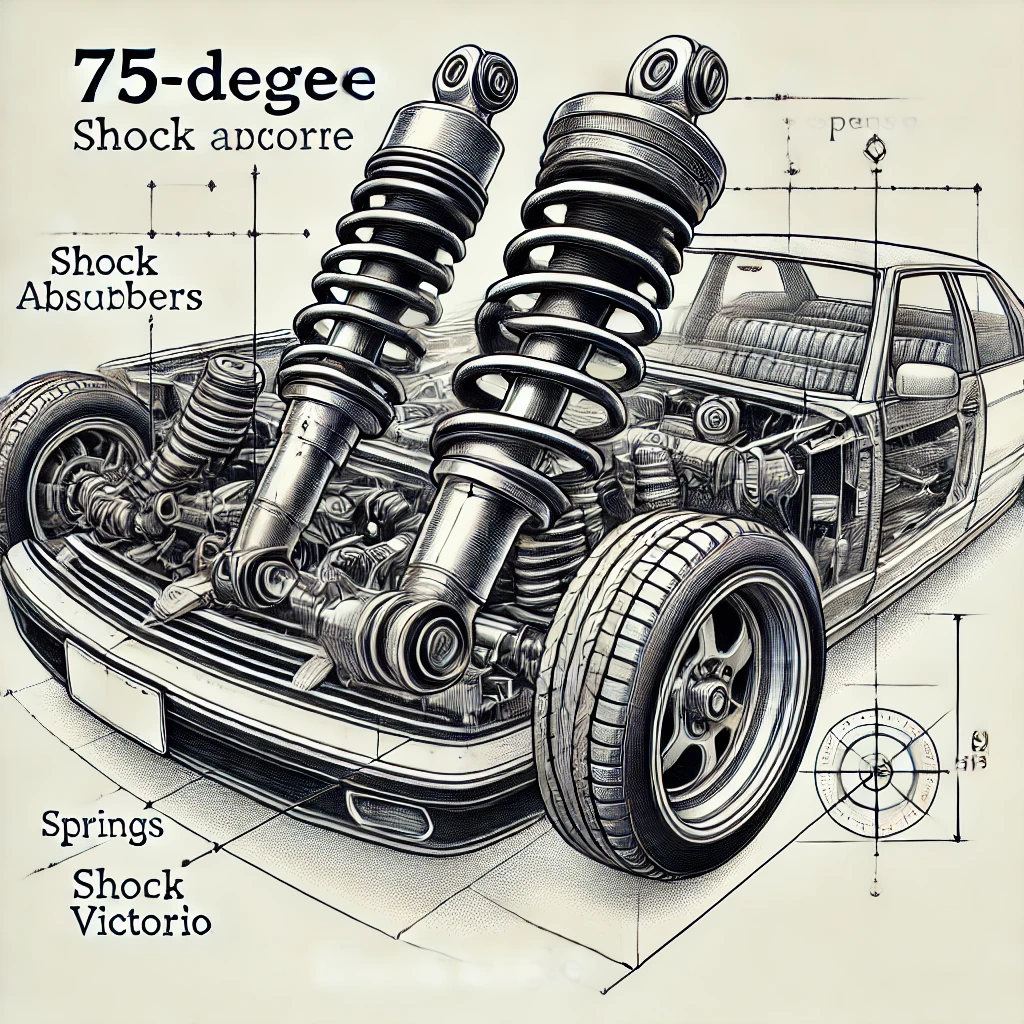1992 corvette remover tail lights for led load resistor: A Guide to Installing
Introduction to 1992 corvette remover tail lights for led load resistor
The Chevrolet Corvette of 1992 corvette remover tail lights for led load resistor remains a beloved classic, celebrated for its sleek design and powerful performance. However, the lighting technology used during this era, particularly in the tail lights, does not meet the modern standards for efficiency and brightness. This article will guide Corvette enthusiasts through the process of upgrading the tail lights of their 1992 model with modern LED bulbs, integrated with load resistors to ensure compatibility and functionality.
Understanding the 1992 corvette remover tail lights for led load resistor System
Before diving into the conversion process, it’s important to understand what the upgrade entails. Traditional tail lights on older vehicles like the 1992 Corvette utilize incandescent bulbs that draw more power and provide less brightness compared to LEDs. Upgrading to LED tail lights involves not just swapping out bulbs but also integrating load resistors. These resistors mimic the electrical load of the original bulbs, preventing issues like hyper-flashing or error messages from the vehicle’s electrical system.
The Advantages of LED Illumination for Your Corvette
Upgrading to LED tail lights in your 1992 Corvette brings a multitude of benefits. LED lights are known for their superior brightness, which significantly enhances visibility during night driving or in poor weather conditions. This improvement is crucial for safety, ensuring that your vehicle is more visible to other drivers. Moreover, LEDs consume less power than traditional incandescent bulbs, which reduces the load on the Corvette’s electrical system, potentially prolonging battery life. Additionally, the sharp, modern look of LED lights updates the aesthetic of your classic car, blending traditional charm with contemporary technology.
Overcoming Installation 1992 corvette remover tail lights for led load resistor Challenges
The conversion from standard bulbs to LED technology is not without its challenges. The primary obstacle is ensuring the new system communicates effectively with the vehicle’s older electrical framework. This is where load resistors play a crucial role.
Load Resistors: Bridging the Gap Between Old and New
Load resistors are essential in maintaining the functionality of LED lights in older vehicles. They prevent issues related to the lower power draw of LEDs by simulating the load of a standard incandescent bulb.
Essential Tools and Supplies for the Upgrade
To carry out this upgrade, you will need a set of basic tools including screwdrivers, wire strippers, electrical tape, and possibly a soldering iron. Additionally, purchasing quality LED bulbs and the correct load resistors specific to the power requirements of a 1992 Corvette is crucial.
Step-by-Step Conversion Guide
Removing the Old 1992 corvette remover tail lights for led load resistor
Begin by carefully removing the tail light assembly. This usually involves unscrewing bolts and disconnecting the wiring harness.
Installing the New LED Setup
Install the LED bulbs and securely attach the load resistors to a metal part of the vehicle’s frame to dissipate heat. Connect the wiring, ensuring all connections are tight and insulated.
Testing for Success
Once the LED bulbs and load resistors are installed, testing is crucial to confirm successful integration with the Corvette’s electrical system. Start by turning on the tail lights and checking for consistent brightness and color. Activate the turn signals and brake lights to ensure there are no delays or hyper-flashing, which can indicate improper resistor integration. It’s also important to monitor the dashboard for any error messages that could suggest compatibility issues. Testing in various conditions—during the day, at night, and with varying engine loads—helps verify the reliability of the installation under all operating scenarios.
Long-Term Benefits of LED Tail Lights
LED tail lights are not only beneficial for their performance and aesthetics but also for their durability. Unlike incandescent bulbs, which can burn out frequently, LEDs have a lifespan that can exceed 25,000 hours, drastically reducing the frequency of replacements. This longevity makes LEDs a cost-effective option over the life of your Corvette. Additionally, the lower power consumption of LEDs helps in slightly reducing fuel consumption, as the vehicle’s alternator needs to work less to supply power, offering marginal gains in fuel efficiency.
Maintenance Tips to Keep Your 1992 corvette remover tail lights for led load resistor Shining
Maintaining LED tail lights is relatively straightforward but crucial for sustaining their performance. Regularly clean the lens cover to prevent dirt and grime buildup, which can diminish the lights’ brightness. Check the seals around the tail lights to ensure they are tight and water-resistant, preventing moisture ingress that could lead to electrical issues or LED failure. It’s also advisable to inspect the wiring and resistors periodically for signs of wear or damage, especially after driving in harsh conditions.
Conclusion
Upgrading your 1992 Corvette with LED tail lights is more than just a cosmetic enhancement; it’s a practical improvement in safety, efficiency, and longevity. With the right installation, regular maintenance, and proper testing, these modern lighting solutions can significantly enhance the driving experience and functionality of your classic car. By embracing this technology, you ensure that your Corvette remains a head-turner on the roads while keeping up with modern vehicle safety standards.
FAQS
1.What are the benefits of upgrading my 1992 Corvette’s tail lights to LED?
LED tail lights offer enhanced brightness, reduced power consumption, and a longer lifespan compared to traditional bulbs.
2.Why are load resistors necessary when installing LED tail lights in a 1992 Corvette?
Load resistors mimic the electrical load of original bulbs, preventing hyper-flashing and error messages in older electrical systems.
3.What tools will I need to install LED tail lights and load resistors on my 1992 Corvette?
You’ll need screwdrivers, wire strippers, electrical tape, and potentially a soldering iron for a successful installation.
4.How do I test the LED tail lights after installation in my 1992 Corvette?
After installation, test the tail lights to ensure they function correctly without causing hyper-flashing or triggering dashboard errors.
5.How can I maintain the LED tail lights on my 1992 Corvette?
Regular cleaning and visual inspections for any damage or wear will help maintain optimal performance.






Post Comment